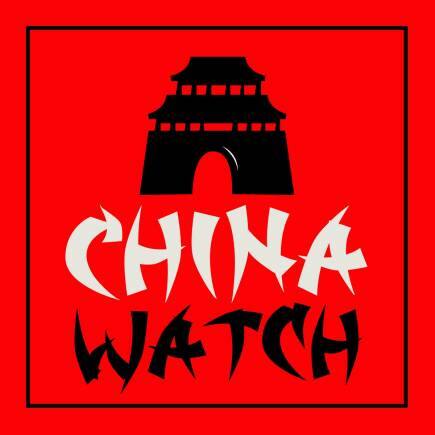



The possibility of an early disengagement between Indian and Chinese troops and de-escalation at the heavily fortified Line of Actual Control seems highly unlikely as China’s position is expected to harden under Xi Jinping’s likely third term.
India may also have to be prepared to face a more aggressive China in South Asia, where the two countries have engaged in a tussle to establish supremacy over the years.
Xi is already China’s most powerful leader. He is general secretary of the Communist party, chairman of the Central Military Commission, under which he controls the People’s Liberation Army, and he is also President of China. His power might increase if he gets an unprecedented third term as party leader.
These are some of the takeaways of China experts in India after parsing through Xi’s speech at the 20th National Congress of the Chinese Communist Party in Beijing on October 16.

Vijay Gokhale, former foreign secretary, told Moneycontrol in a recent interview that India should be prepared for a more assertive China. As China’s ‘strategic periphery’ widens, it is bound to clash with India, which will be pursuing its own economic and developmental goals in the region and beyond.
Strategic deterrenceThe Chinese President spoke about intensifying troop training and combat preparedness to fight and win, besides creating a strong system of “strategic deterrence”—which could include the use of tactical nuclear weapons.
“We will become more adept at deploying our military forces on a regular basis and in diversified ways and our military will remain both steadfast and flexible as it carries out its operations,” Xi told delegates at the party congress. “This will enable us to shape our security posture, deter and manage crises and conflicts and win local wars.”
But observers from around the world were also trying to make sense of how the policies that Xi spoke about were likely to affect their countries.
The Chinese leader’s speech was targeted at developments in the Indo-Pacific, where China is involved in maritime disputes with several countries. But the remarks were also relevant for India because of the year-long tension along the border with China.
Indian and Chinese soldiers have been engaged in a military stand-off since April 2020 after China unilaterally tried to alter the LAC—the informal line behind which troops of the two sides stand. Negotiations have led to the rival troops disengaging from some flashpoints. In September, they managed to withdraw from the Gogra-Hot Spring area in eastern Ladakh.
India has insisted on a complete disengagement and restoration of the status quo ante to the April 2020 position before relations can be normalised. But China has said that by no means will it accept that. Beijing’s comments indicated that the remaining friction points in the Demchok and Depsang areas could be more difficult to resolve.
The two sides responded differently to the disengagement in the Gogra-Hot Spring area.
“It was one problem less,” India’s external affairs minister S Jaishankar said.
Sun Weidong, the Chinese ambassador to India, said, “The phase of emergency response since the Galwan Valley incident has basically come to an end.”
He added that the current border situation is overall stable.
The comments indicated that China was not in a hurry to return to negotiations for disengagement from the remaining areas.
It has now become China’s nationalist agenda. A video clip of the Galwan clash was played at the congress and one of the injured Chinese soldiers, Qi Fabao, honoured with the title of regimental commander for defending the border, was among its delegates.
Challenging phaseThe developments indicate that India must be prepared for a long, challenging phase at the border.
“I don’t think India can afford to lower its guard as the Chinese will continue to maintain its aggressive posture and create new friction points,” said former Indian ambassador to China Gautam Bambawale.
China’s growing assertiveness won’t be limited to the border and will be visible in neighbouring countries, too. In recent years, China has been expanding its footprint in South Asia with investments in key sectors and in developing infrastructure for countries in the region.
Under its multi-billion-dollar Belt and Road Initiative, it managed to rope in countries in the neighbourhood to push its mega infrastructure projects and expand trade links by establishing connectivity with the wider world.
India, the biggest power in South Asia, has been trying to push back against the growing Chinese presence by redoubling efforts to deepen and strengthen its traditional ties with a host of developmental projects of its own and to boost connectivity in the region.
The South Asian countries that have benefitted from the rivalry so far may find it difficult to maintain neutrality as the Sino-Indian tussle intensifies.
Discover the latest Business News, Sensex, and Nifty updates. Obtain Personal Finance insights, tax queries, and expert opinions on Moneycontrol or download the Moneycontrol App to stay updated!
Find the best of Al News in one place, specially curated for you every weekend.
Stay on top of the latest tech trends and biggest startup news.